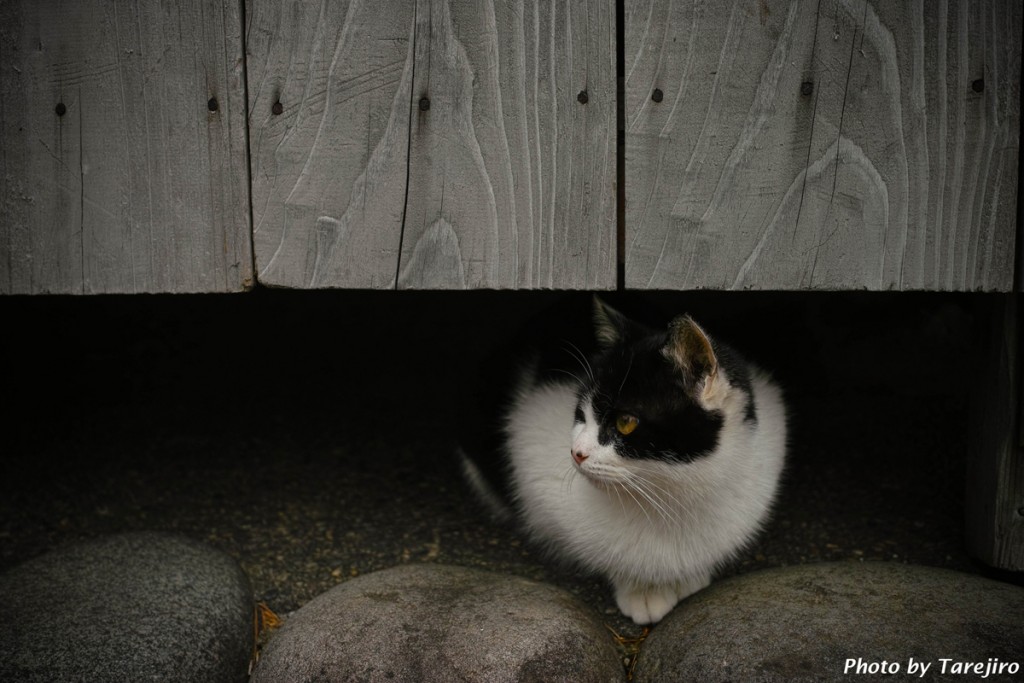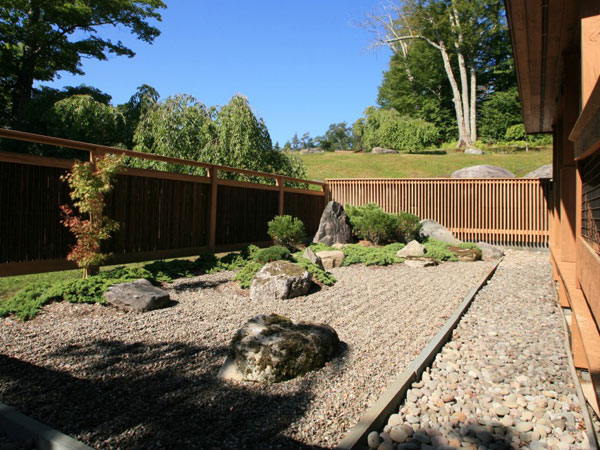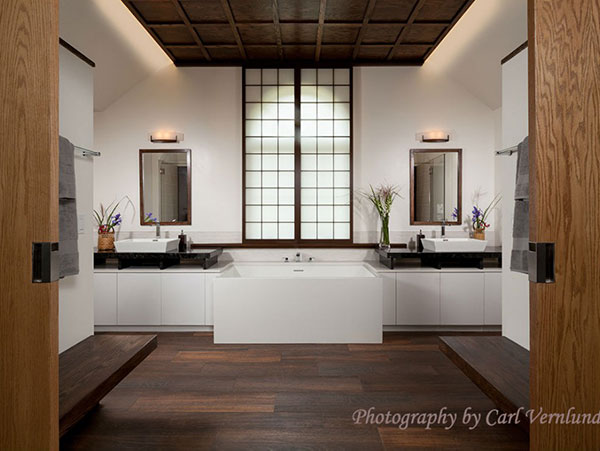 At the beginning of “I AM A CAT” by Soseki Natsume, an abandoned cat crawled through a gap in a bumboo fence looking for some food. It found itself in a yard of someone’s home and said “How strangely the wheel of fortune turns! Had it not been this gap, I might have starved to death on the roadside!” It became the pet of the house.
At the beginning of “I AM A CAT” by Soseki Natsume, an abandoned cat crawled through a gap in a bumboo fence looking for some food. It found itself in a yard of someone’s home and said “How strangely the wheel of fortune turns! Had it not been this gap, I might have starved to death on the roadside!” It became the pet of the house.
Just by crawling through a small space, you might not always have a life-changing experience of this level. But crawling always forces you to tighten your body and draw your chin, which makes it unavoidable for you to look up immediately afterward. “What a different world!” you would think.
This surprise and admiration are something intended by a crawling door (: Nijiri-guchi) in a Japanese tearoom.
A crawling door is about 18 inches wide and 18 inches wide, and its bottom is about 18 inches from the ground. As a guest of the tea ceremony, you walk through a tea garden and crawl through this tiny door to enter the room. The very first things you look at, in your stiff position of crawling, are a flower vase with wildflowers and a calligraphic work on the wall. They are the only ornaments in a tea room and you have no choice but to admire them!
So you see, by being on all fours like a cat, you enjoy a piece of architecture in a fresh way. Japanese tea masters knew that. (Y)
Updated 5/4/22: If you’d like to know more about the body posture and architecture, please read “Design and Posture.” If you would like to see Nijiri-guchi, we suggest you visit the Shofuso Japanese House and Garden in Philadelphia.


